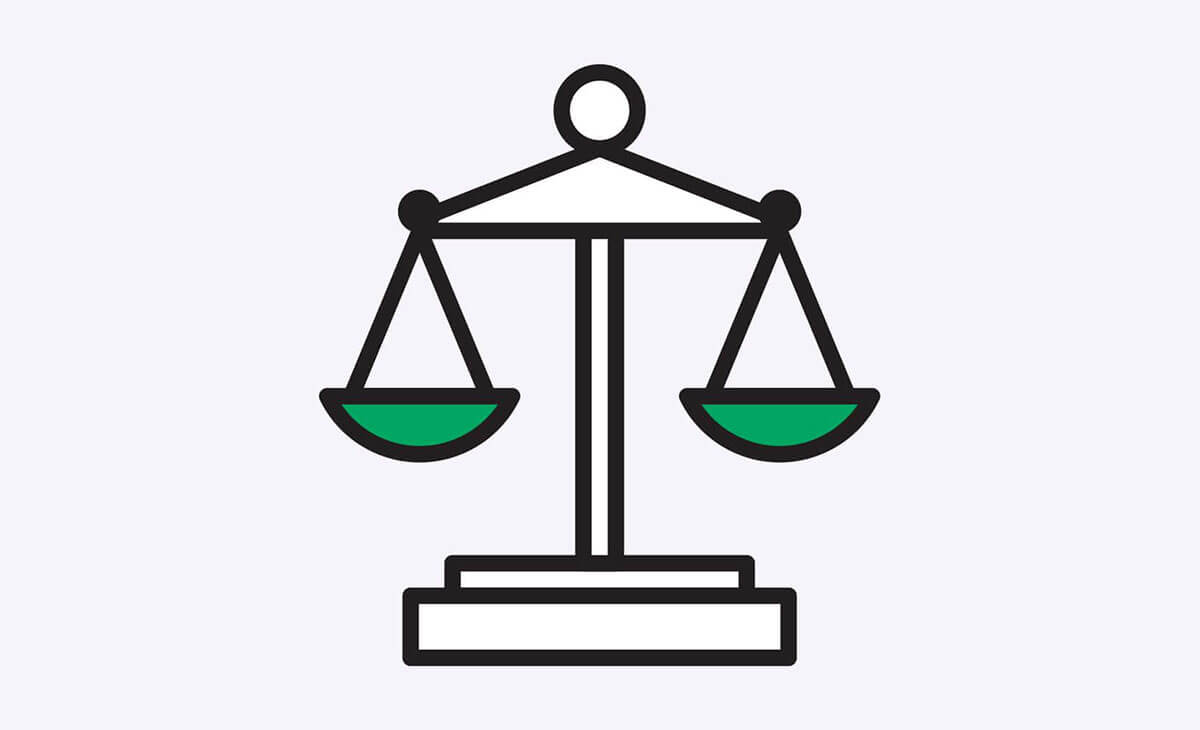For many lawyers, as soon as you set foot in a law firm, one of your very first tasks may well be a due diligence project. If you want to impress your boss with successful due diligence projects or just keep your head above the water, this guide will save your life. (Okay, so maybe that’s an exaggeration, but as a junior associate, it might feel that way!)
Change of control provisions are composed of two elements:
- The definition of what constitutes a change of control
- The operation of the provision when an event occurs that meets any requirements reflected in the definition
Seems simple enough, right?
Is It a Change of Control?
Unfortunately, there is no standard definition of a change in control. As a result, each agreement must be carefully reviewed to determine whether a proposed M&A transaction actually constitutes a change of control under the agreement. That’s why you are slaving away reading hundreds of agreements on a Friday night. However, there are some common transactions in which a change of control may be triggered.
1. Transfer of Percentage of Company Stock
A change of control typically includes the transfer of a certain percentage of the target company’s issued and outstanding shares from the target company to the acquirer. Usually, the required percentage exceeds 50%, but it may be lower or higher.
2. Sale of “All or Substantially All” Assets
A change of control may also include a sale of all or substantially all of a target company’s assets in its definition. A general rule of thumb is that a sale transaction is at a substantial risk of being deemed a change of control under this definition when the asset sales exceed 50% of the target company’s total assets.
3. Mergers
The definition of a change of control usually includes any “merger” of the target company with another company, regardless of whether the target company survives the merger of not.
4. Other Events
The definition of a change of control may include other events such as reorganizations, consolidations or other transaction structures of various forms in which one of the following occurs:
- More than 50% of the board members change
- Change in shareholders who have the right to elect more than 50% of the board
- Standards and events drawn from special tax code provisions or securities regulations
5. Affiliate Transactions
In some cases, a transaction where the acquirer of the stock, assets or rights is an “affiliate” of the target company, may be an exclusion from the change of control definition stated in the above four instances. The exclusion is granted by counterparties to allow target companies with complex ownership structures, to move companies, assets or rights in and around those structures without triggering change of control provisions.
How Do Change of Control Provisions Operate?
To add to the complexity of understanding and reviewing this provision, change of control provisions operate by providing target companies and their acquirers with the following problematic rights upon the announcement or consummation of a proposed transaction: termination rights, consents, and payments.
1. Termination Rights
Termination rights refer to some cases where change of control provisions provide counterparties with the right to unilaterally terminate their agreements in the event of a change of control transaction. If the contract is material to the buyer, this can threaten the transaction. In this case, to terminate the agreement outright, the counterparty must undertake an affirmative action.
2. Consents
The agreement might also require the target company to obtain consent from a counterparty. Delays in this process may delay the closing of the transaction and failure to obtain consent will make the contract void post-acquisition, effectively making it a termination. No affirmative action is required by the counterparty for the agreement to be terminated or in material breach when the change of control provision is triggered if the counterparty has not provided its consent.
3_._ Payments
Payments to counterparties may be required upon the announcement or consummation of the agreement. If they are material, they can impact the transaction value. Payment rights also operate in a myriad of ways. Some payment rights may be triggered immediately upon a change of control while some may become due and payable only upon the occurrence of additional events after a change of control.
As you embark on your journey of due diligence contract review, you may find that change of control is defined and operates in ways beyond the factors discussed in this article. But at least now, you know what change of control is and how it operates. For a more in-depth discussion of reviewing change of control and assignment provisions in due diligence, take a look at our free guide.
